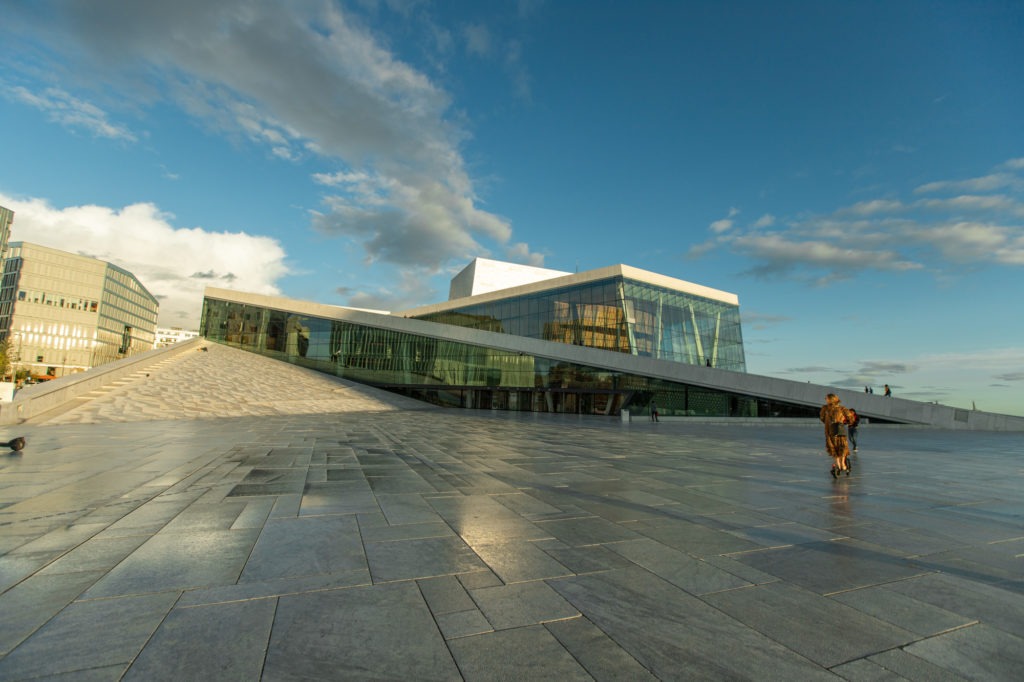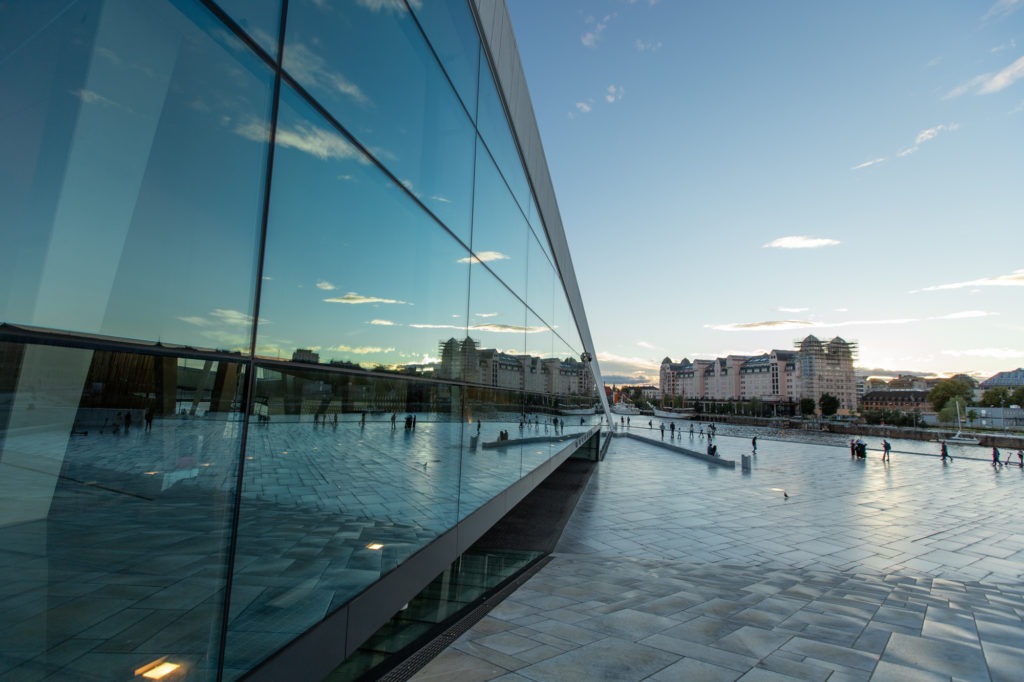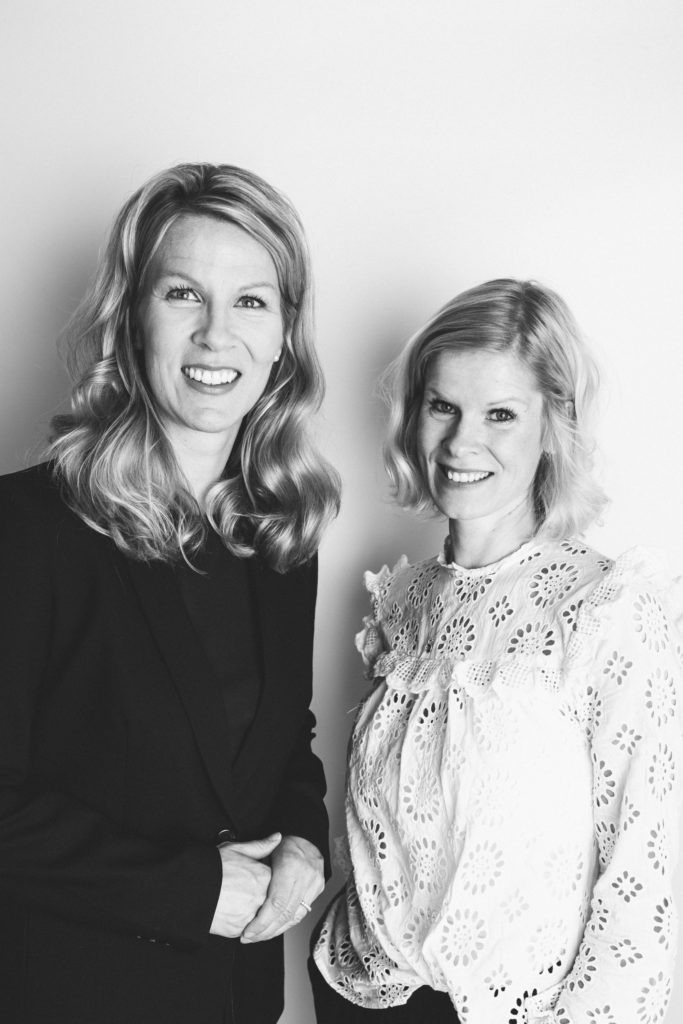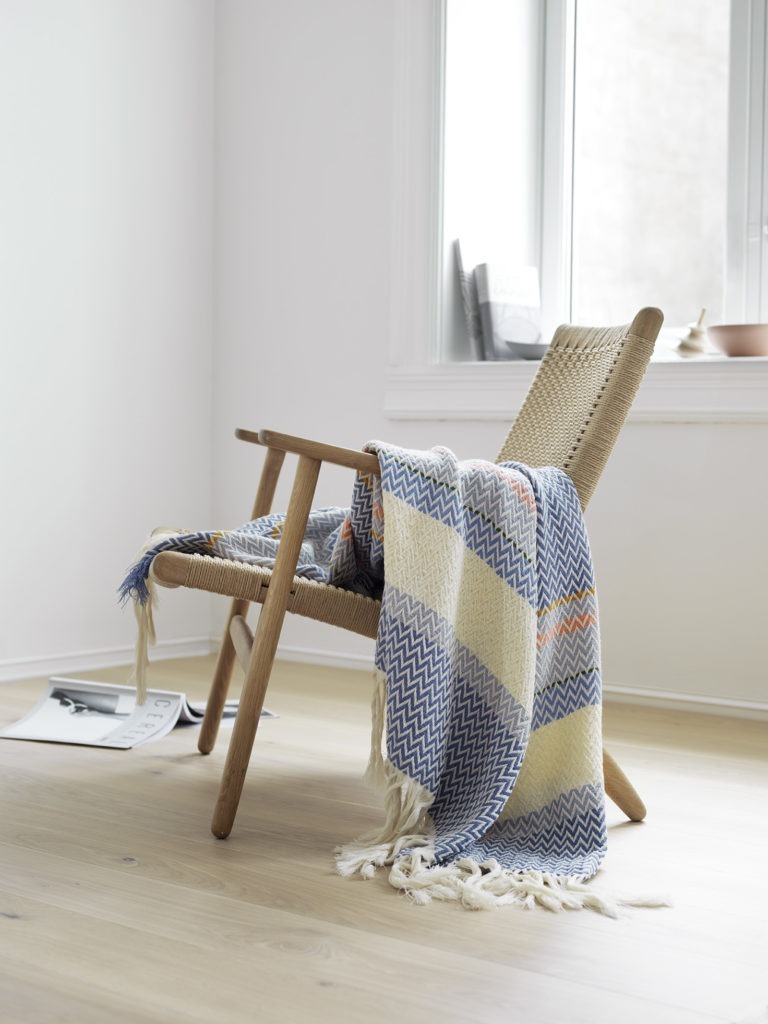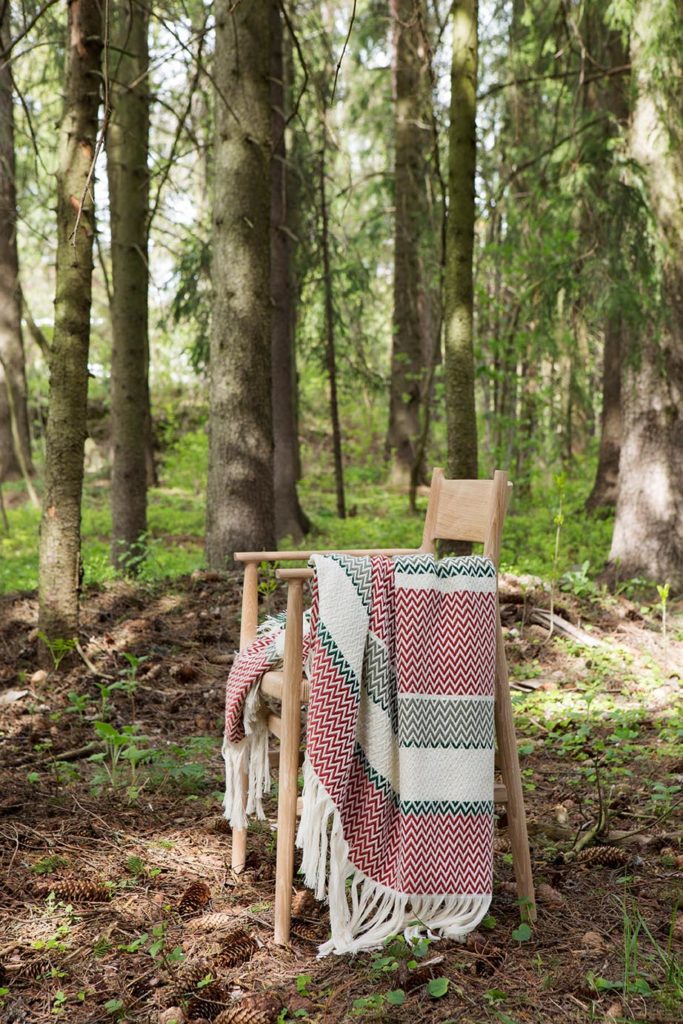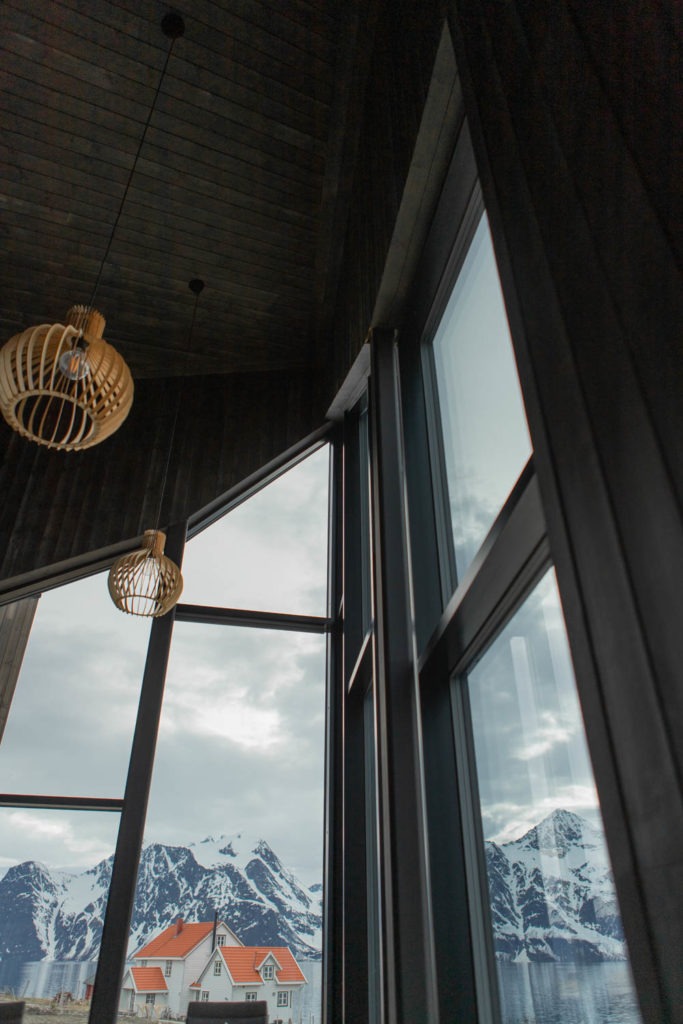The Area
We are now in Lindesnes, the southernmost municipality of Norway. This area is most known for the Lindesnes lighthouse, the first sight of home many Norwegian sailors saw coming back to the motherland decades ago. The lighthouse might have been the area’s most known construction, but now that title is heavily challenged. About nine kilometres northwest we find, Restaurant Under Lindesnes a construction like no other.
The Construction Process
During the spring of 2018, the construction of the 400 tonnes concrete shell began. After a few months of construction, in late July, Norway’s largest crane ship Uglen (the Owl) transported the shell of Under from the manufacturing facility to its final destination. The operation had to be precise because the colossal concrete structure had to be lowered onto a few dozen metal rods that were going to hold it in place in all kinds of weather. With a handful of divers in the water, they slowly manoeuvred the massive construction with millimetre precision. When the shell finally was secure on its base and emptied for water, the process of building the interior began. After a few months of construction, with around 80 companies and hundreds of employees, Restaurant Under finally was ready to open its doors in the early summer of 2019.
Under was designed by Norwegian architecture firm Snøhetta, which also designed the Opera House in Oslo and Tverrfjellhytta in Dovrefjell National Park. Read more about them on their respective blog posts.
The Interior
Just like the exterior, the interior was designed by Snøhetta, which did an amazing job creating the atmosphere inside. When entering the restaurant, you look straight down through the whole interior shell. The view from the top of the stairs is designed to mimic an aquascope, a handheld device you submerge in water to get a better sight of what lays beneath the surface. All the wood for the interior is made of wood from local forests, and it was put together just a dozen kilometres from the restaurant itself. It makes for a warm atmosphere in the cold water.

The Name
The name, Under might be self-explanatory for most. The restaurant is underwater, that’s it? Not entirely. In the Scandinavian languages, the word under also can be translated to wonder. Which itself has a double meaning. The magnificent construction clearly is a wonder. It might not be the Taj Mahal, but it is close. Could we call it the Taj Mahal of Sourthern Norway? In addition, guests arriving at Under are supposed to wonder. To wonder about what lives on the seabed and the reefs around the restaurant, and to wonder what smells and flavours they’re going to encounter throughout the night.
The Food
The restaurant’s head chef, Nicolai Ellitsgaard has put much work into the restaurant’s menu. Being an underwater restaurant, it is obvious that seafood should be your speciality. This, Nicolai and his team have taken it to a whole new level. Throughout the year, he experiments with new produce and preparation methods to give the restaurant’s guests the best dining experience possible. With ingredients ranging from Fucales picked in the water right outside the restaurant to locally harvested blue mussels, the menu will definitely impress most of us.
We will cover the restaurant’s maritime menu in an upcoming blog post, so we suggest you sign up for our newsletter to be the first to know when the post is published. If you find this post interesting, consider checking out our blog and follow us on Instagram @nuetauqavit to see more of Nuet’s Scandiverse.





















